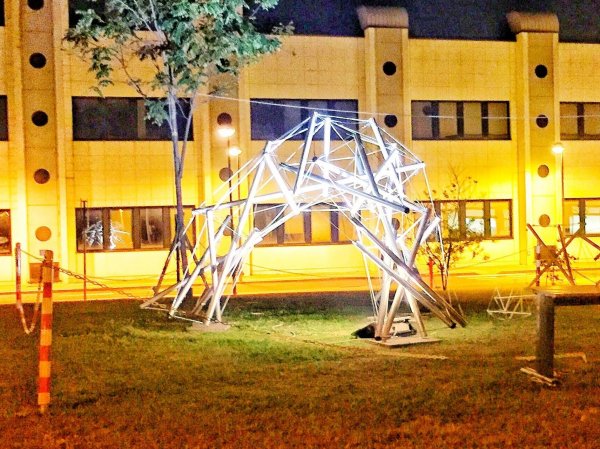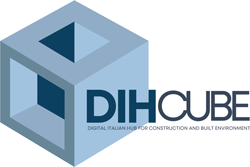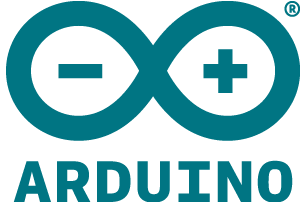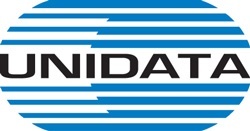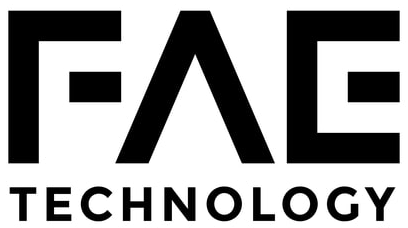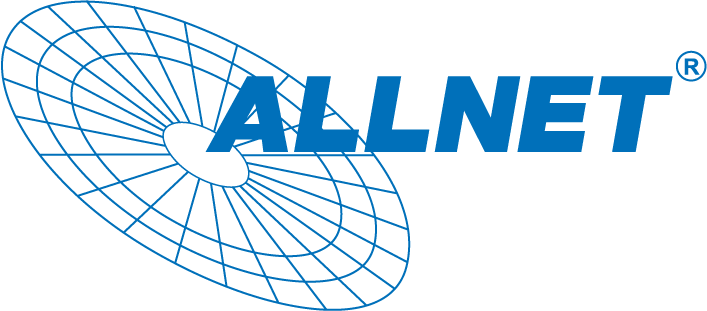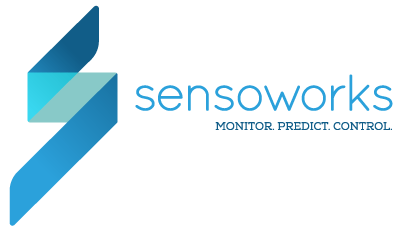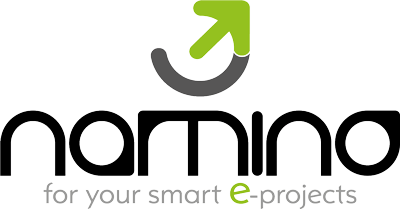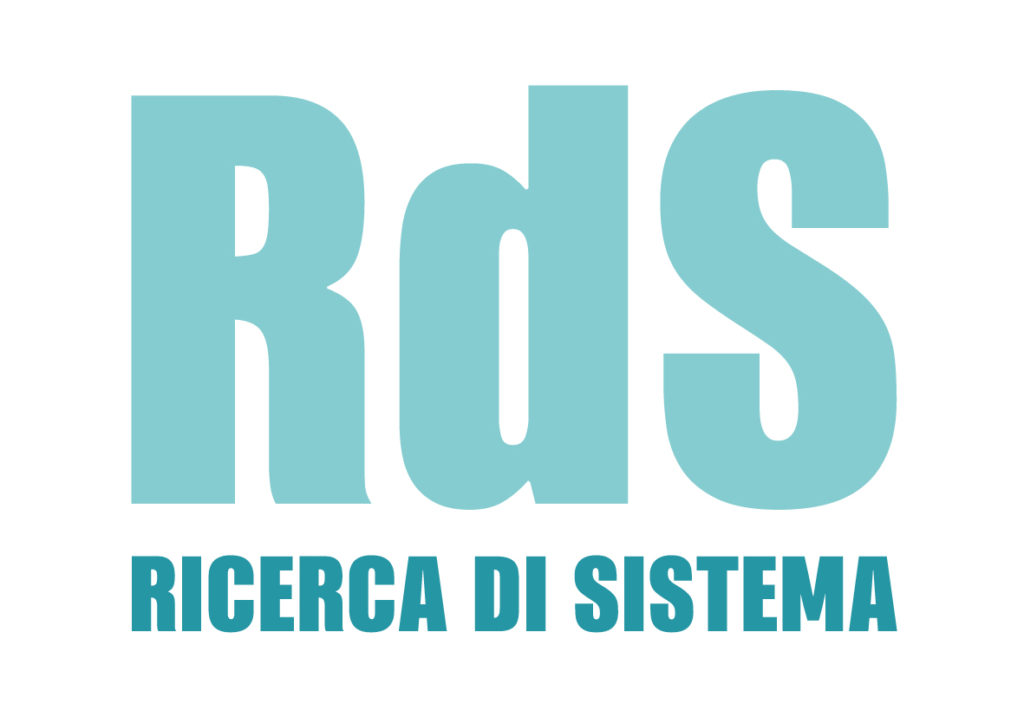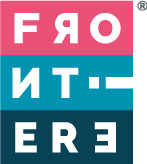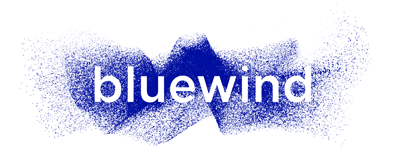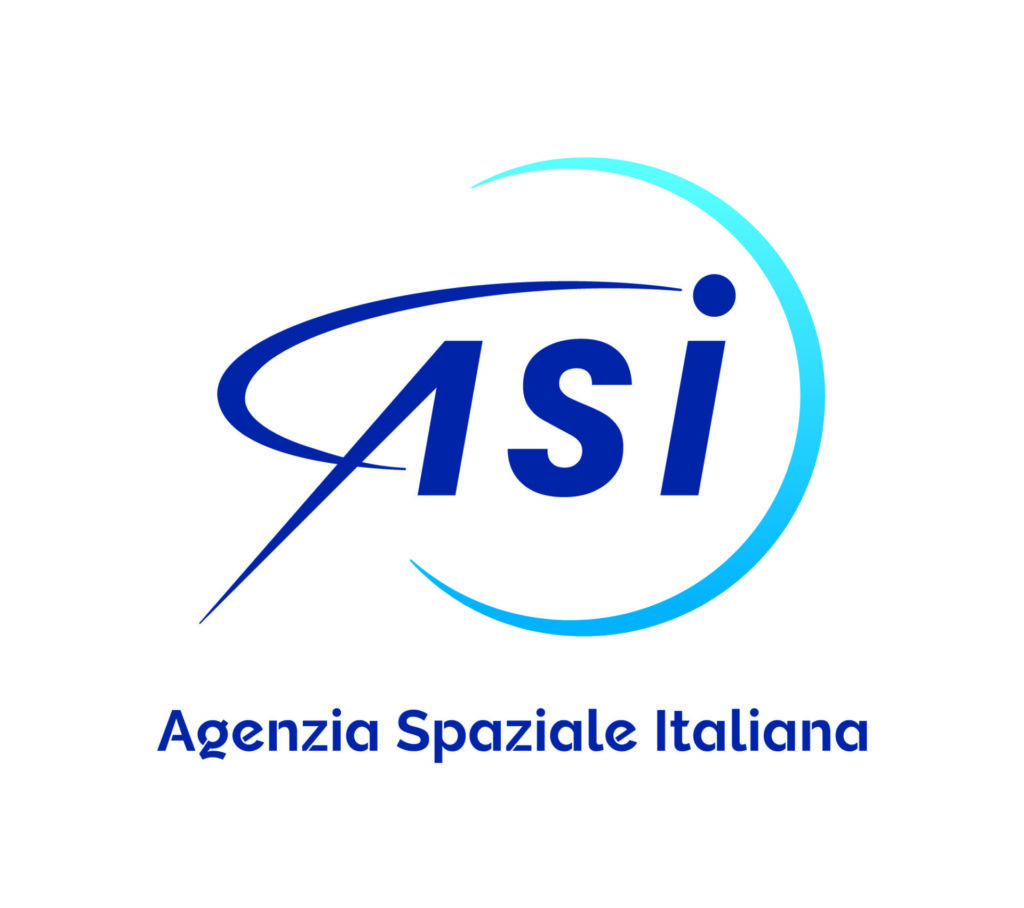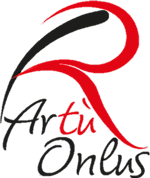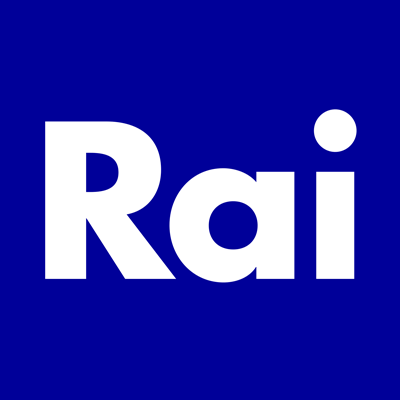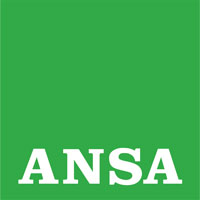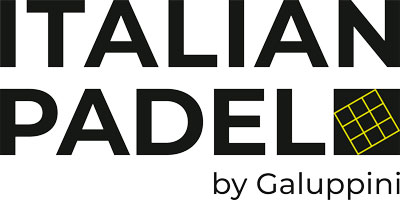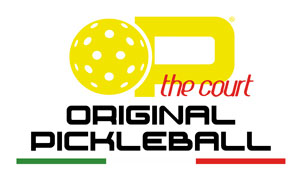Exhibitors 2019
- 3D PRINTING
- ART
- EDUCATION
- HOME AUTOMATION
- INTERNET OF THINGS
- KIDS & EDUCATION
- RECYCLING & UPCYCLING
- ROBOTICS
- SCIENCE
- YOUNG MAKERS (< 18)
- BIOLOGY
- GAMES
- ARTIFICIAL INTELLIGENCE
- OPEN SOURCE
- NEW MANUFACTURING
- FABRICATION
- WELLNESS & HEALTHCARE
- ENERGY & SUSTAINABILITY
- FOOD & AGRICULTURE
- 3D SCANNING
- CULTURAL HERITAGE
- AEROSPACE
- HACKS
- MUSIC & SOUND
- ARTISANS & NEW CRAFT
- FASHION & WEARABLES
- DRONES
- STEAM PUNK
- ARDUINO
- CROWDFUNDING
CNR4All Geometry Processing for Architecture - FlexMaps Pavilion
The FlexMaps Pavillion is a bending-active single-layer piecewise twisted arc, which fits a volume of 3.90x4.00x3.25 meters and allows the visitors to go through it. The point researched in this project is how to realize a complex doubly-curved 3D shape employing flat plywood panels with tailored mechanical properties. These panels, called FlexMaps, are optimized such that, once they are bent and assembled, the resulting equilibrium configuration matches a desired input 3D shape. The stiffness of the panel is controlled by spiral mesostructures, which are computationally defined in both size and shape to match the curvature of the target surface locally. As a result, various mechanical properties are obtained only by acting on geometric parameters; and the panels can be realized through CNC.
Easy fabrication, to produce a flat array of panels, and cost-saving assembly procedures are the main features of the FlexMaps Pavilion. Each panel is produced by CNC cut a flat material (plywood), and its final shape results from internal elastic forces that arise when connecting progressively the patches together. Thus, custom mechanical properties can be automatically designed without changing the material but only by acting on the geometric parameters of spirals. Differently from other structures, the assembly requires minimal amount of bending energy because of a step-by-step construction sequence that can be hand-made. Thus, the FlexMaps Pavilion represents a design-efficient and cost-effective solution and achieves an aesthetically-pleasant organic appearance.
Easy fabrication, to produce a flat array of panels, and cost-saving assembly procedures are the main features of the FlexMaps Pavilion. Each panel is produced by CNC cut a flat material (plywood), and its final shape results from internal elastic forces that arise when connecting progressively the patches together. Thus, custom mechanical properties can be automatically designed without changing the material but only by acting on the geometric parameters of spirals. Differently from other structures, the assembly requires minimal amount of bending energy because of a step-by-step construction sequence that can be hand-made. Thus, the FlexMaps Pavilion represents a design-efficient and cost-effective solution and achieves an aesthetically-pleasant organic appearance.
Italy
Paolo Cignomi; Visual Computing Lab – ISTI CNR
members
The Visual Computing Lab (VCLab), one of the research departments of CNR-ISTI, has been active in visualisation and computer graphics since 1984; it is now composed of 21 members. Current research focuses on geometric processing, 3D digitization/scanning, visualization systems, multi-resolution representation and rendering of huge datasets, 3D Web Applications. VCLab has a long track record in the use of 3D graphics for Cultural Heritage applications, with important collaborations with CH institutions at national and international level (museums, restoration labs, governing bodies). VCLab participated in a number of EU and national projects and has a very solid experience in the design of open source systems (e.g. MeshLab http://meshlab.sourceforge.net/ and the recent 3DHOP family of web-based visualizers http://vcg.isti.cnr.it/3dhop/).
The Visual Computing Lab (VCLab), one of the research departments of CNR-ISTI, has been active in visualisation and computer graphics since 1984; it is now composed of 21 members. Current research focuses on geometric processing, 3D digitization/scanning, visualization systems, multi-resolution representation and rendering of huge datasets, 3D Web Applications. VCLab has a long track record in the use of 3D graphics for Cultural Heritage applications, with important collaborations with CH institutions at national and international level (museums, restoration labs, governing bodies). VCLab participated in a number of EU and national projects and has a very solid experience in the design of open source systems (e.g. MeshLab http://meshlab.sourceforge.net/ and the recent 3DHOP family of web-based visualizers http://vcg.isti.cnr.it/3dhop/).
B1 (pav. 7)


